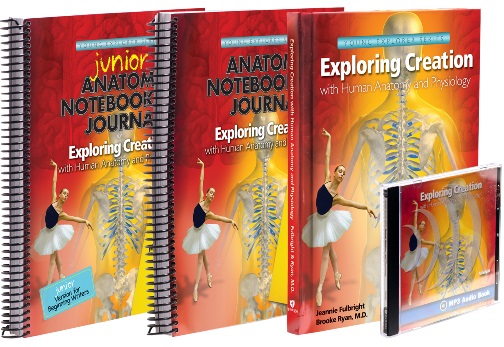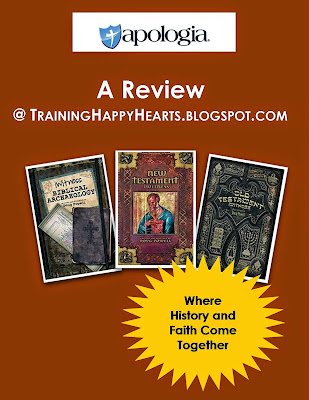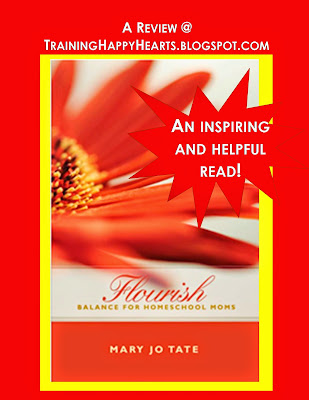{This post contains affiliate links to Apologia, whose products we've come to know, enjoy, and recommend.}
If you are looking for a faith-connected science curriculum that works for multiple learning and homeschool styles, take a peak at Exploring Creation with Human Anatomy and Physiology by Apologia! It's a wonderful curriculum we've been blessed to review and are looking forward to continuing to use.
What Comes with Exploring Creation with Human Anatomy and Physiology and How Did We Use it?
We received one copy of:
- Exploring Creation with Human Anatomy and Physiology Text
- Exploring Creation with Human Anatomy and Physiology Junior Notebooking Journal
- Exploring Creation with Human Anatomy and Physiology Notebooking Journal
- Exploring Creation with Human Anatomy and Physiology MP3 Audio CD
Together, these make a complete science curriculum package which makes learning easy, engaging, and multi-sensory for children at a K-6 grade level. The curriculum also makes things adaptable for homeschool parents. Seriously, not only do I like the actual science presented in Exploring Creation with Human Anatomy and Physiology, but I also appreciate that we can tap into learning in our minivan, at home, individually, or as a family group, using the different components of the curriculum.
In fact, since we have been out of the house so much this spring, my children's first introduction to Exploring Creation with Human Anatomy and Physiology was with the audio CD. One morning, before leaving for co-op, I simply grabbed the CD, and after praying our morning prayers in our minivan, we began science lessons for the day.
As soon as my children heard the beginning of the CD, they became excited. They remembered the Astronomy curriculum we'd reviewed before - the very same one they've referred to materials from multiple times since - and knew immediately that this Human Anatomy and Physiology one would be good.
(I will add as an aside here, however, that Apologia does not suggest using the CD without the Student Text, but rather, to use the two resources together, so that developing readers and auditory learners can benefit from the visual images in the text in the fluency of the CD. We adapted their advice by listening to the CD first and, then, at home, reviewing the text and diving into the journals.)
I will also delight in the fact that the Notebooking Journal offers more:
- a suggested lesson schedule (which we obviously do not adhere to, but which could come in handy for homeschoolers who are not as relaxed and eclectic as we are)
- notebooking pages (that invite students to enjoy graphics and fill in boxes, ellipses, lines, etc.)
- lapbook-style activities (which are ideal for hands-on learners)
- places to record project notes (thereby helping students synthesize learning from experiments and activities)
- puzzles (for kids who love crosswords and such)
- and more (including Book and DVD suggestions, which I love having on hand)
- coloring pages (which connect anatomy, physiology, and God's word)
- primary writing lines (which make writing easier)
- easy vocabulary activities (to help solidify understanding of new words in fun ways)
- lapbook-like activities (which my daughter enjoys!)
- room to take notes and draw pictures (on well-designed and inviting pages)
- and more!
- a full-color layout (which captures my children's attention, but, which one child, wished had wider margins or narrower blocks of texts)
- 14 lessons updated with current scientific data (but written from a faith-connected angle)
- Biblical wisdom (with Scripture woven right into lessons without being overbearing)
- diagrams and photogpaphs (which draw my children)
- callout boxes (which invite children to "try this", getting hands-on with learning)
- a list of all materials needed to complete lessons (things for "Try This" sections - all f which we found pretty standard supplies we had at home or could easily attain)
- and more!
Our Thoughts on the Program
Pop a CD in, pick up a journal, open a book, enjoy experiential learning... Do as little or as much as a day allows. That's how we roll, and Apologia makes it easy for us to embrace such a style. (They also make it easy for families that prefer structured lessons and/or hands-on experiments to feel 100% at home with the curriculum.)
My children have all told me they'd recommend it, too.
Specifically, my seven-year-old had this to say:
I like the CD. It makes it easy to learn in the car. I also like how it tells you about things in the body - like the trashman in the cells. It makes it easier to imagine. I also like how it tells you what things look like.
Sometimes, I go back to the book and look at what we heard on the CD. So, I like the book, too.
My twelve-year-old said:
I used the Anatomy Notebooking Journal and I like the copywork. It comes in both cursive and printing, so depending on the day I can choose one or the other, or do both.
My ten-year-old had this to say:
I also like the CD. It is easy to listen to and learn from. I've been learning new things.
I really like Exploring Creation because I am not great at reading textbooks and it comes with a CD! So, it is really handy when we go on car rides. So, I can listen to the CD's and, at home, we can do the journal and experiments.
I have never really been into cells and stuff like that, but now I am really into cells!
I have drawn some on my own and done hands on projects from the journal.
The ones of the human body are really cool. I want to do the rest of them!Mot certainly, Exploring Creation with Human Anatomy and Physiology has captured each of my children's attention, and I am truly grateful for the way the curriculum makes learning so accessible and adaptable - reaching each individual child's learning style.
I've had fun listening to theories that people made before we had the technology we have now. It sounds so funny. It also talked about how God told people how to deal with certain sicknesses and we still use some of the methods today. I like how the book uses science and faith together, because most books like these don't incorporate God, but God is the most detailed artist in the world. I couldn't make a cell like He did!
I cannot wait to do all of the rest of the experiments and I hope I learn a lot more.
Learn More
Like FREE SAMPLES?

You can find samples from each of the Exploring Creation with Human Anatomy and Physiology components on the Apologia website.
Curious about other Apologia products?
Want to get social?

Find Apologia on Social Media at:
- Facebook: www.facebook.com/apologiaworld
- Twitter: www.twitter.com/apologiaworld
- Pinterest: https://www.pinterest.com/apologia
- Instagram: www.instagram.com/apologiaworld
- Google+: https://plus.google.com
- YouTube: https://www.youtube.com/user/apologiaworld/

Seventy-five Homeschool Review Crew families were generously given Exploring Creation with Human Anatomy and Physiology for review. Click through the banner above to see how each used the program.

















